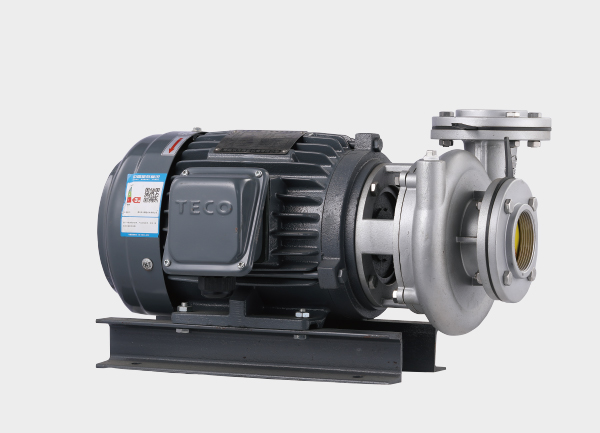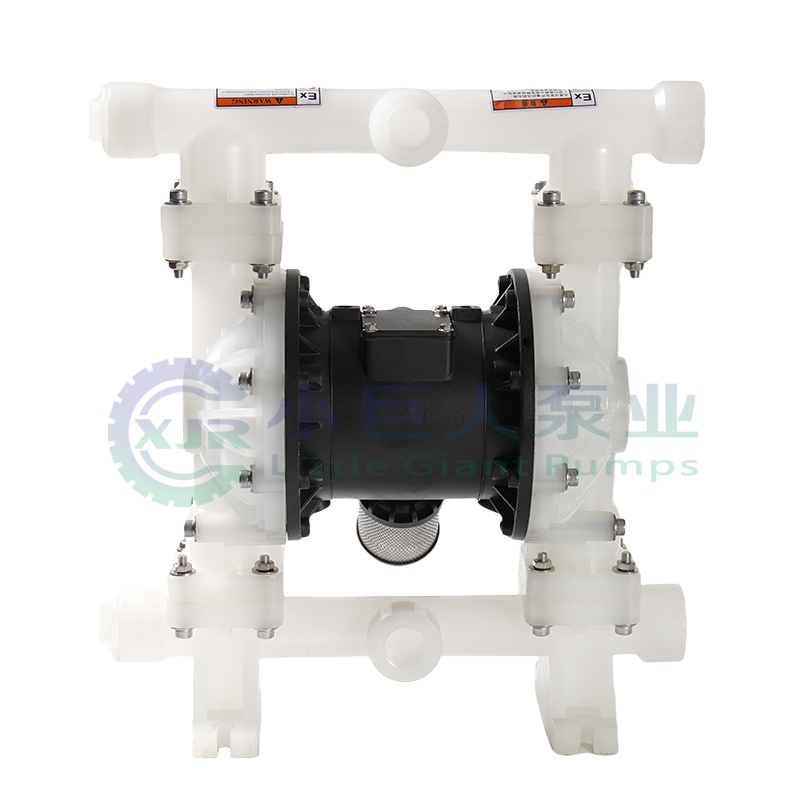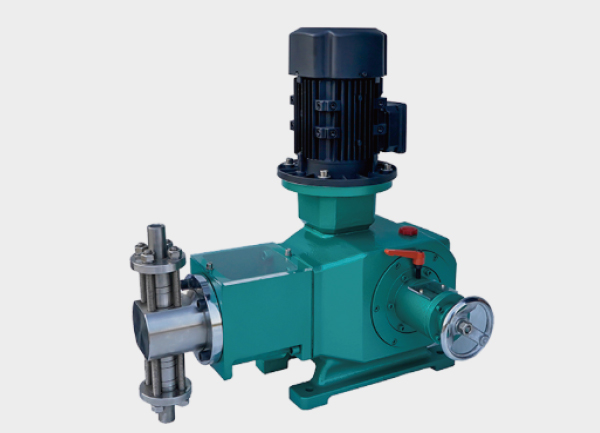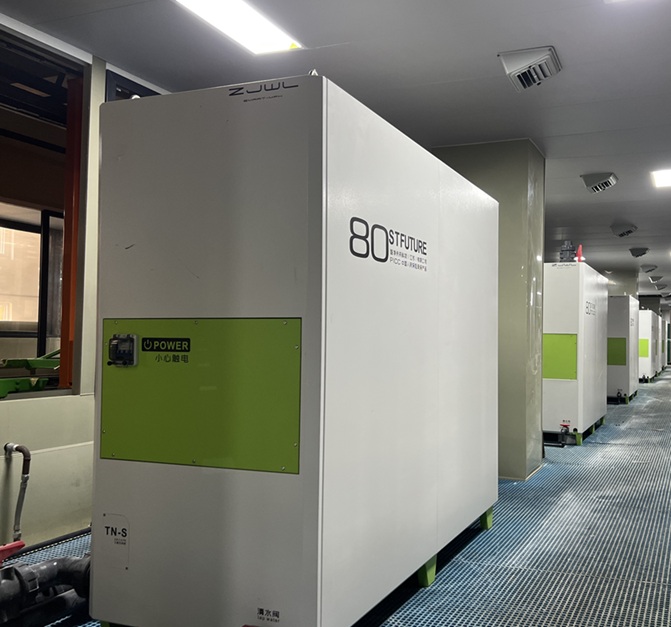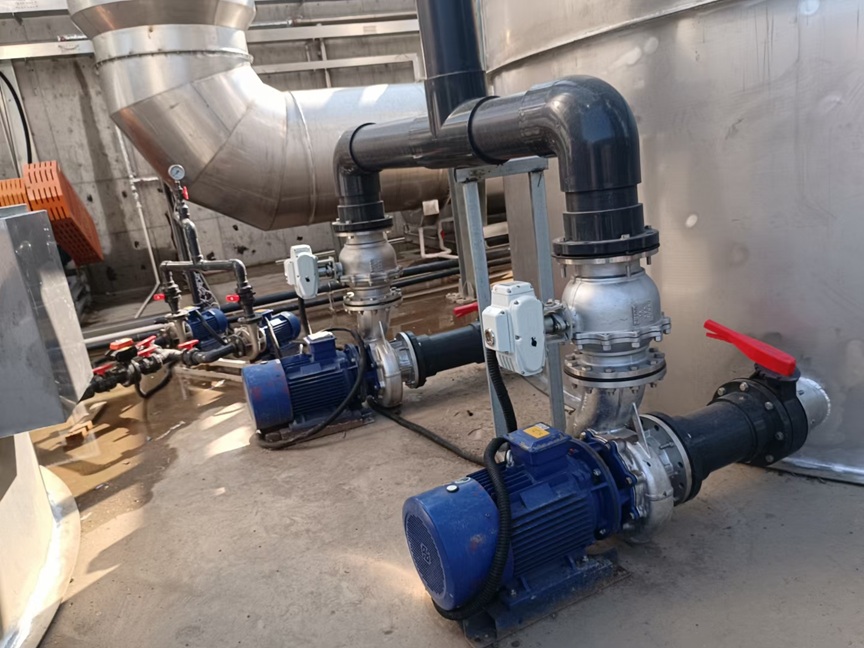Vertical centrifugal pumps are widely used in industrial, municipal, water treatment, and other fields for fluid transfer. Their advantages stem primarily from their vertical structural design, which enables adaptability to complex working conditions and optimized operational efficiency. Below is a detailed breakdown of their core advantages, applicable scenarios, and supplementary notes.
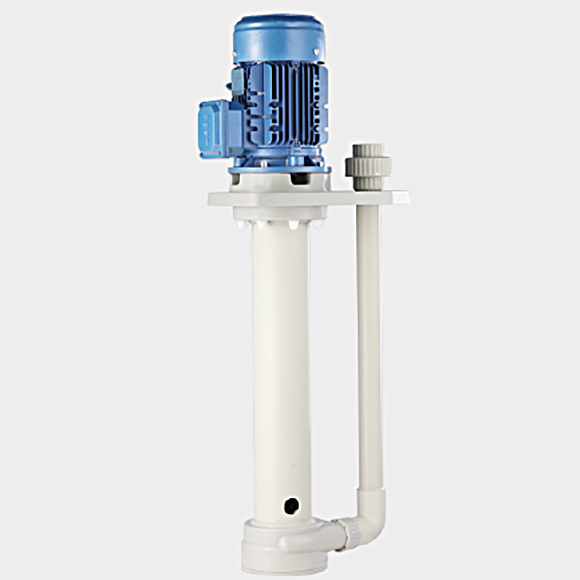
I. Core Advantages of Vertical Centrifugal Pumps
1. Exceptional Space Efficiency, Reducing Installation Footprint
Vertical pumps adopt a vertical installation structure with the “motor on top and pump body at the bottom.” This design occupies only 1/3 to 1/2 of the floor space required by horizontal centrifugal pumps and eliminates the need for additional horizontal maintenance space.
- Ideal for scenarios with limited workshop area (e.g., auxiliary systems in production plants, small-scale water treatment stations).
- Can be directly installed above pipelines or containers (e.g., water tanks, reactor outlets) without the need for separate pump foundations, further cutting infrastructure costs.
2. Flexible Installation Methods for Diverse Working Conditions
Unlike horizontal pumps, which require fixed horizontal installation, vertical pumps offer multiple flexible mounting options to meet specific needs:
- Pipeline Installation: The pump body is directly integrated into the pipeline system, with inlet/outlet flanges aligned with the pipeline axis—minimizing pressure loss from pipeline bends.
- Submersible Installation: Certain models (e.g., vertical sump pumps) can submerge the pump body in liquids (e.g., deep wells, sewage tanks). This eliminates the need for additional priming devices and reduces the risk of cavitation.
- Vertical Bracket Installation: Secured to the ground or platforms via brackets, this method is suitable for high-head, large-diameter scenarios (e.g., municipal water supply pressurization).
3. Convenient Maintenance, Lower Downtime Costs
The core components of vertical pumps (motor, mechanical seal, impeller) are arranged vertically in layers. Maintenance requires no movement of the entire unit:
- When replacing mechanical seals or bearings, only the top motor needs to be disassembled—there’s no need to take apart pipelines or hoist the pump body.
- The motor is positioned above the liquid level, preventing damage from fluid leakage and reducing maintenance frequency and costs.
4. Higher Fluid Transfer Efficiency & Lower Energy Consumption
- The flow channel design of vertical pumps aligns with fluid mechanics principles: liquid enters axially and exits radially, minimizing flow resistance. Their efficiency is 3% to 5% higher than that of horizontal pumps of the same specification.
- The motor and impeller feature high coaxiality, resulting in minimal vibration (amplitude typically ≤ 0.05mm). This not only reduces noise (usually ≤ 75dB) but also minimizes component wear, extending the equipment’s service life (average lifespan is 2 to 3 years longer than horizontal pumps).
5. Adaptability to High-Head, Low-Flow, or Corrosive Conditions
- Vertical structures can achieve high-head transfer (up to 1000m or more) by adding impeller stages (e.g., multi-stage vertical centrifugal pumps), making them suitable for high-rise building water supply, mine drainage, and similar scenarios.
- Pump bodies can be manufactured from corrosion-resistant materials (e.g., 304/316L stainless steel, PVDF fluoroplastic) to handle special fluids like acid-base solutions and sewage containing particles—meeting the needs of the chemical and environmental protection industries.
II. Summary of Applicable Scenarios
| Industry Sector | Specific Applications | Key Advantages Utilized |
|---|---|---|
| Municipal Engineering | High-rise building water supply, pipeline pressurization | High head, space-saving, low noise |
| Industrial Manufacturing | Chemical fluid transfer, cooling system circulation | Corrosion resistance, high efficiency, easy maintenance |
| Environmental Water Treatment | Sewage lifting, sedimentation tank sludge discharge | Submersible installation, anti-clogging |
| Energy & Mining | Mine drainage, oilfield water injection | High head, wear resistance, long lifespan |
III. Supplementary Notes (Limitations of Advantages)
While vertical centrifugal pumps offer significant benefits, they are not suitable for all scenarios:
- They are not ideal for high-flow, low-head conditions (e.g., agricultural irrigation), where horizontal centrifugal pumps are more cost-effective.
- They require strict vertical installation (deviation ≤ 0.1mm/m); otherwise, bearing wear or seal leakage may occur.
- When transferring fluids containing large particles (diameter > 5mm), additional filtration devices must be installed to prevent impeller jamming.
In conclusion, vertical centrifugal pumps excel in space savings, high efficiency, and convenient maintenance. They are particularly well-suited for scenarios with limited space, complex working conditions (high head, corrosion), or strict requirements for operational stability. When selecting a pump, factors such as actual flow rate, head, and fluid properties should be comprehensively evaluated.


